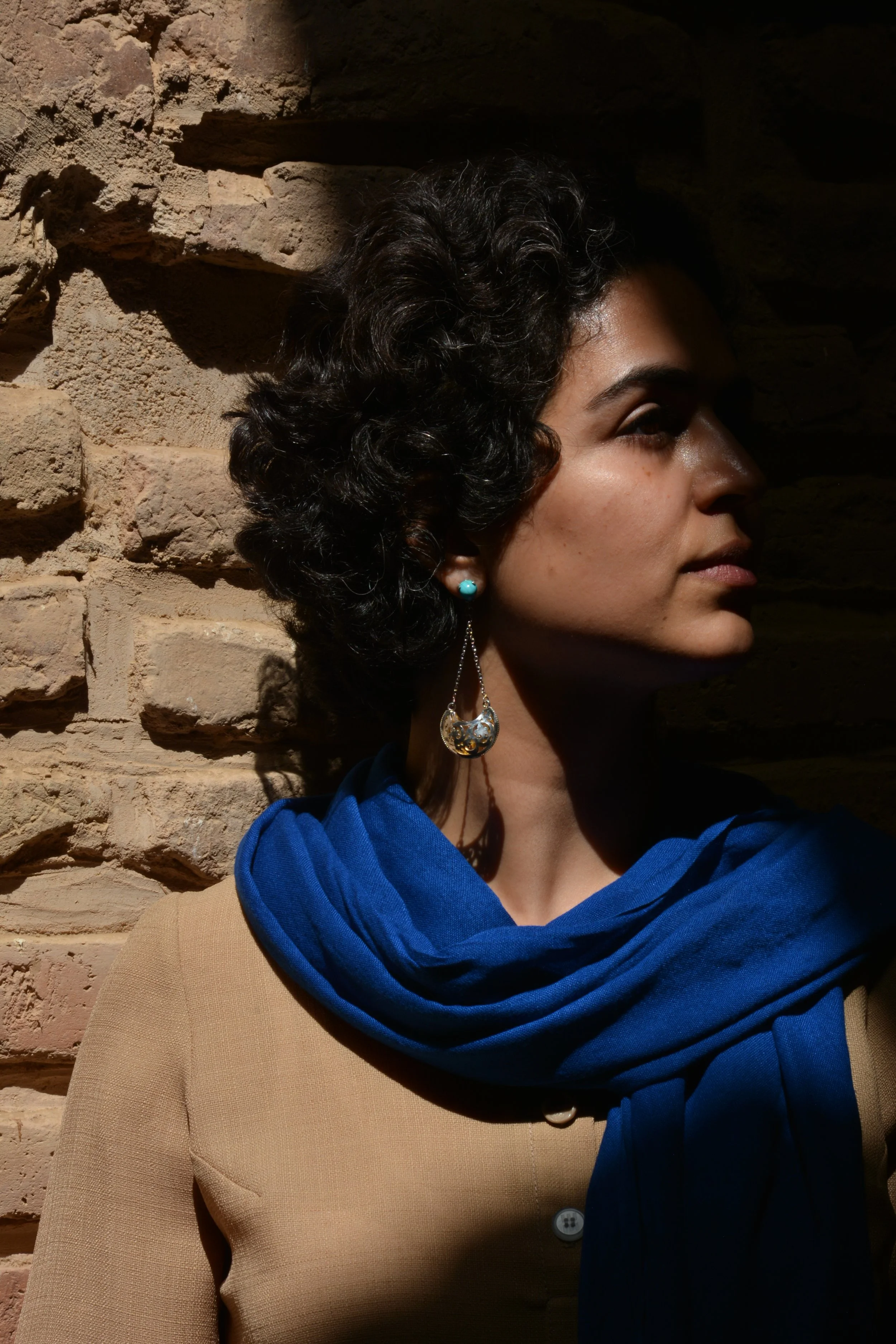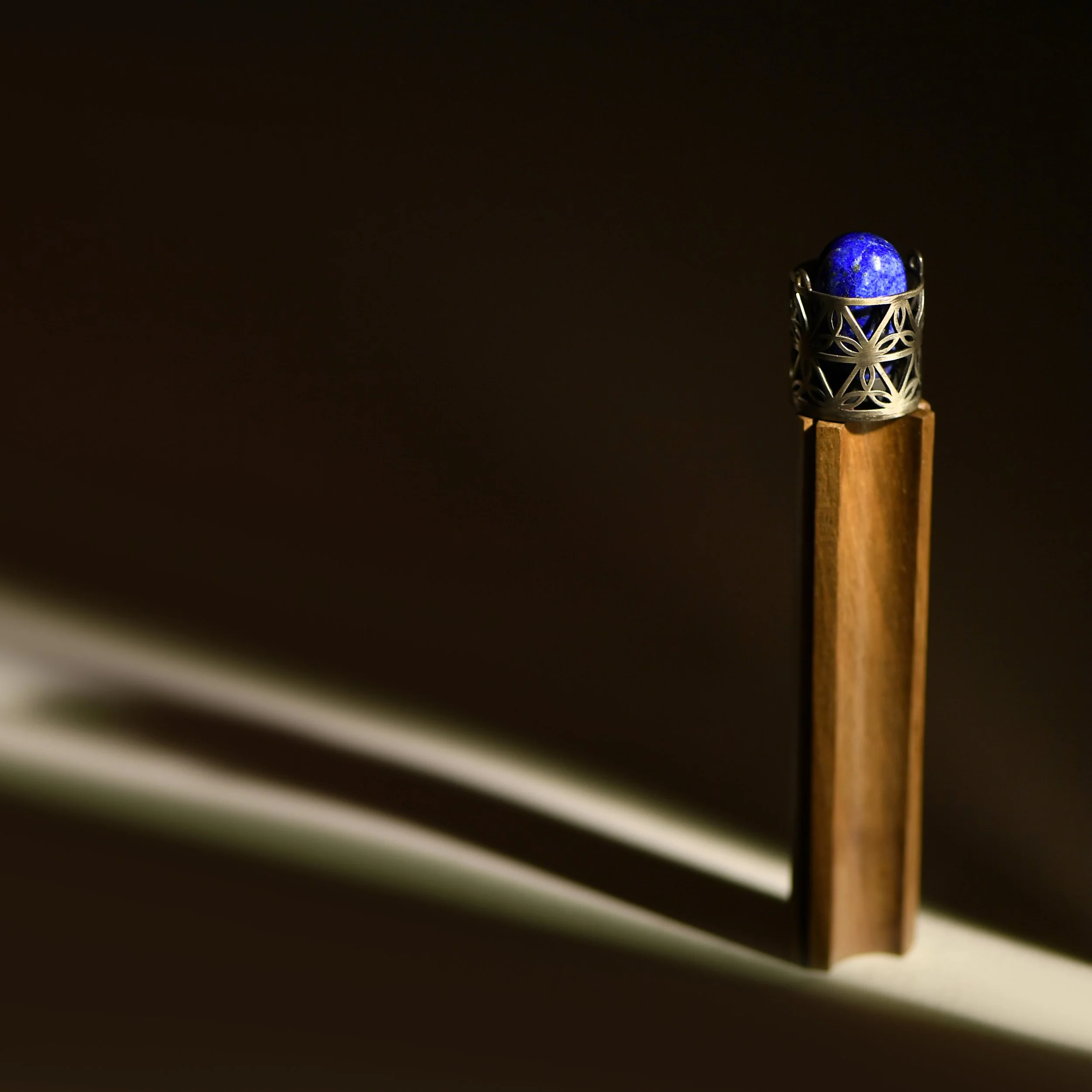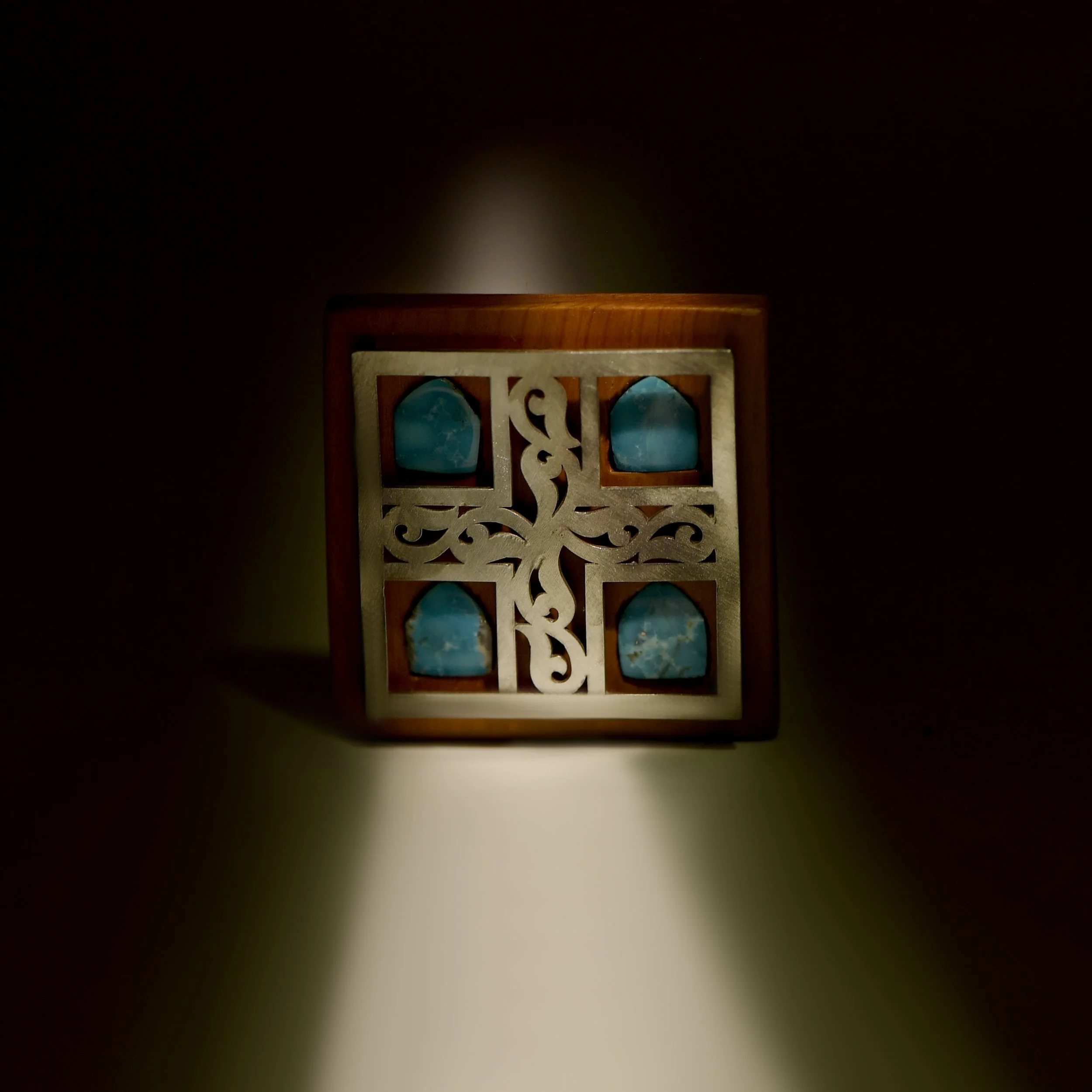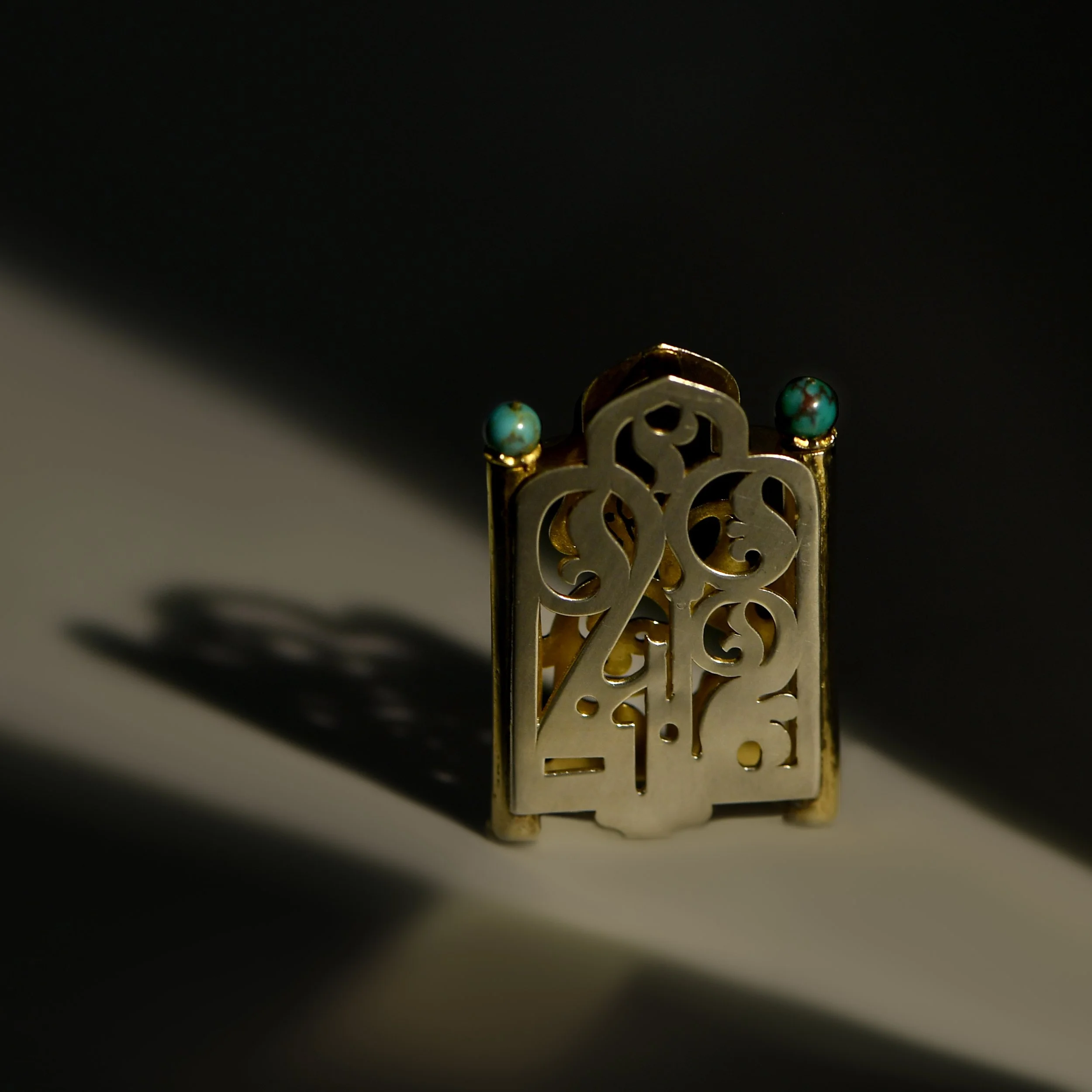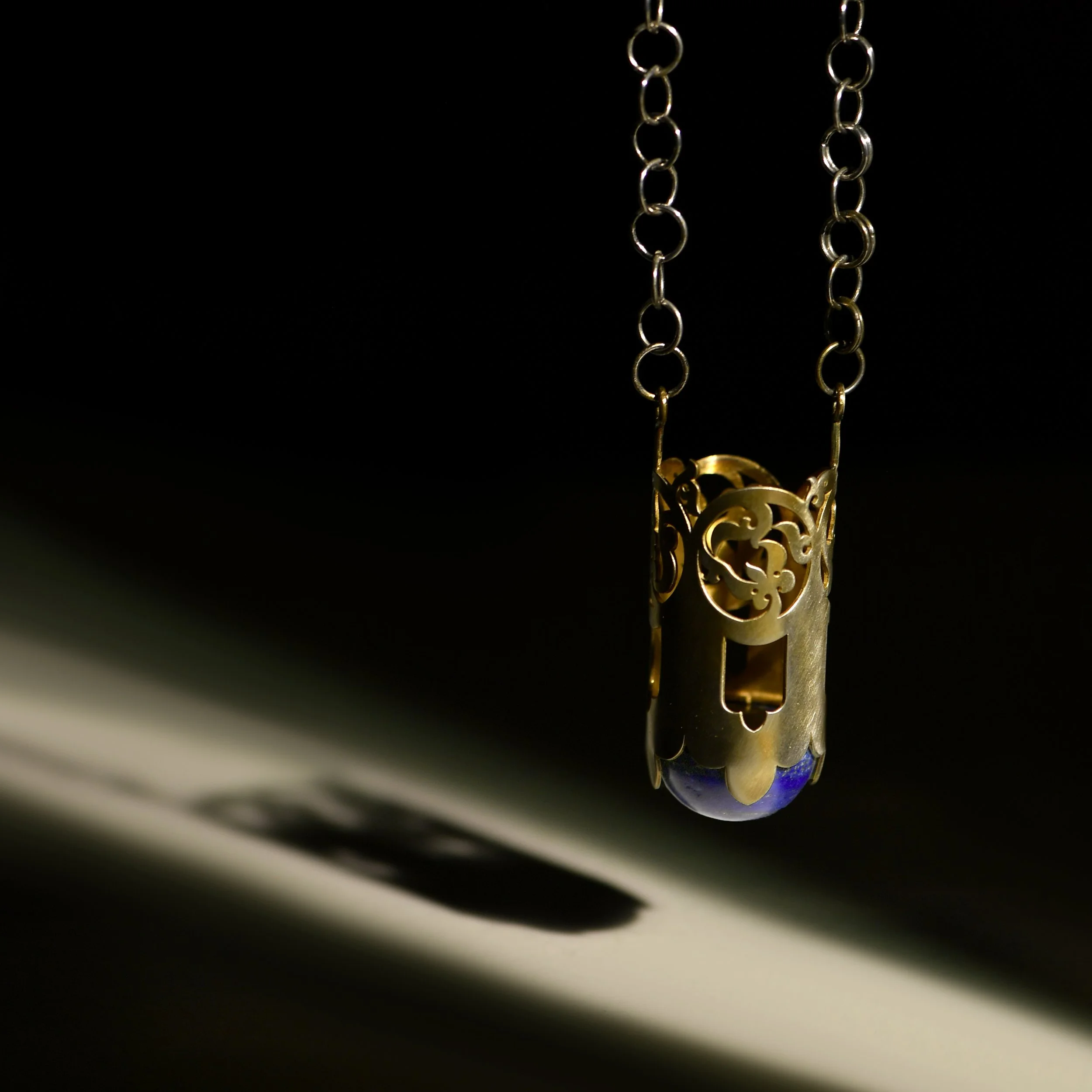Razieh Farivar - Iran
Razieh Farivar
Designer biography:
My name is Razieh, and I have been working in the field of jewelry for the past 12 years in Iran. Throughout my career, various issues such as economic and political challenges, human and women’s rights, as well as history, have influenced my designs. So for me, jewelry is not just an item to beautify the human body; it represents the artist’s voice and feelings. I have had the privilege of showcasing my work in numerous solo and group exhibitions. In 2024, I was honoured to participate in an international Autor contemporary jewelry fair. I am passionate about working with different techniques, including filigree jewelry and two of my earrings were published in the book “Contemporary Filigree Jewellery” by Filipa Oliveira. Alongside my work as a freelance designer, I have been teaching at the Faculty of Art, University of Birjand since 11 years ago.
Collection concept: The Sanctuary of Silk Road
Robat Sharaf Caravanserai is a historical masterpiece located along the ancient Silk Road, in Iran. Built during the Seljuk era in 1154, it is renowned for its intricate brickwork, earning it the title of a “brickwork museum.” Despite its architectural significance, Robat Sharaf has been largely forgotten due to its remote location in a deprived area, far from major cities. To create this project, I travelled to the Robat Sharaf Caravanserai to study it closely and conduct research. After analyzing its motifs, brickworks, and structures, I redesigned these elements into jewelry forms. My aim is to restore and introduce this magnificent caravanserai to the world through my jewelry works.
For this project, I used lapis lazuli and turquoise stones, which are native to the area around Robat Sharaf Caravanserai. The materials include silver and wood. I chose wood because it comes from nature and imparts a sense of life to my jewelry. Inspired by the architecture and structure of the caravanserai, I created jewelry forms that reflect its design. Additionally, I aimed to incorporate old structures rooted in Persian art and architecture to explain the structural meaning of caravanserai better.

